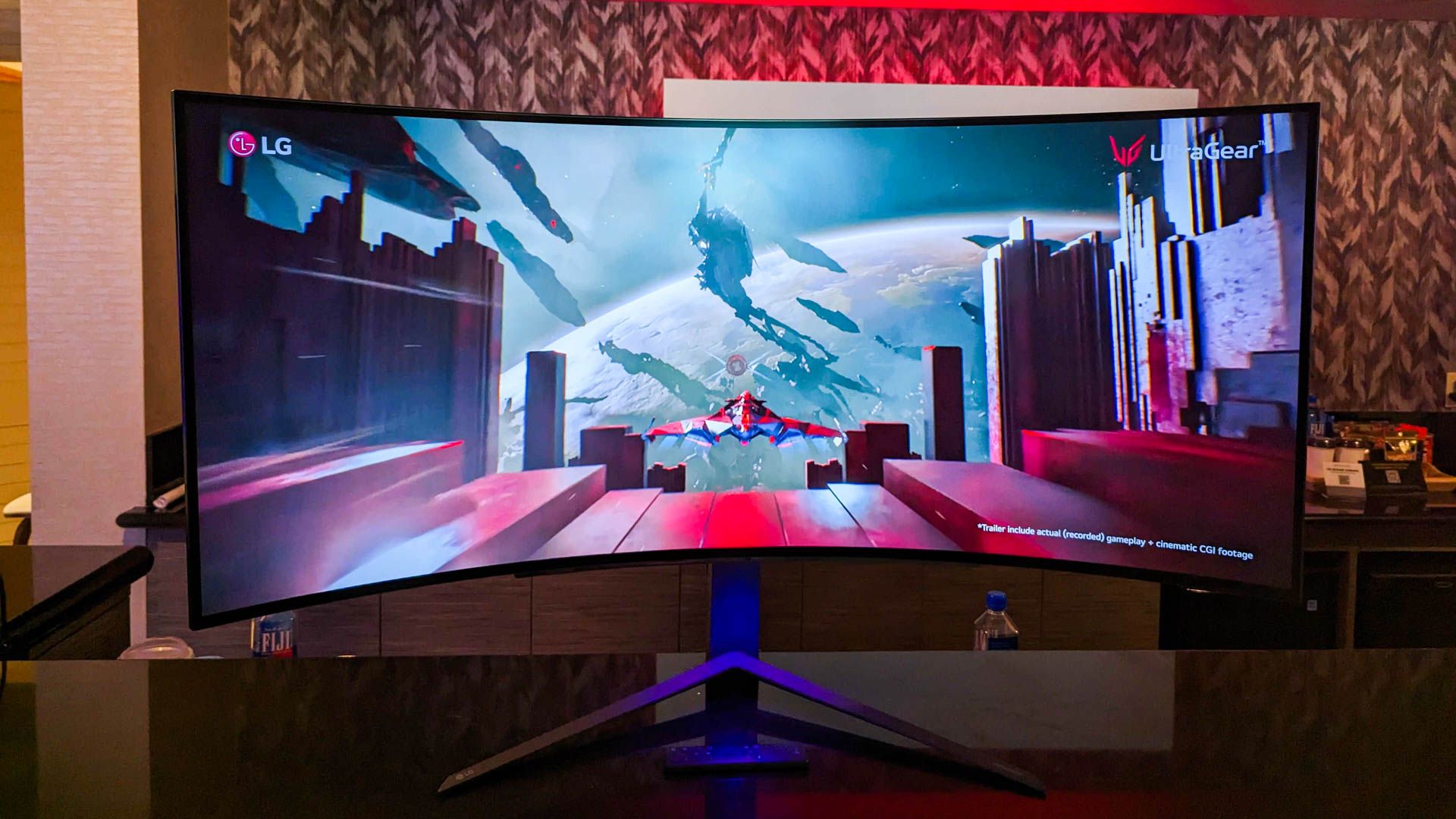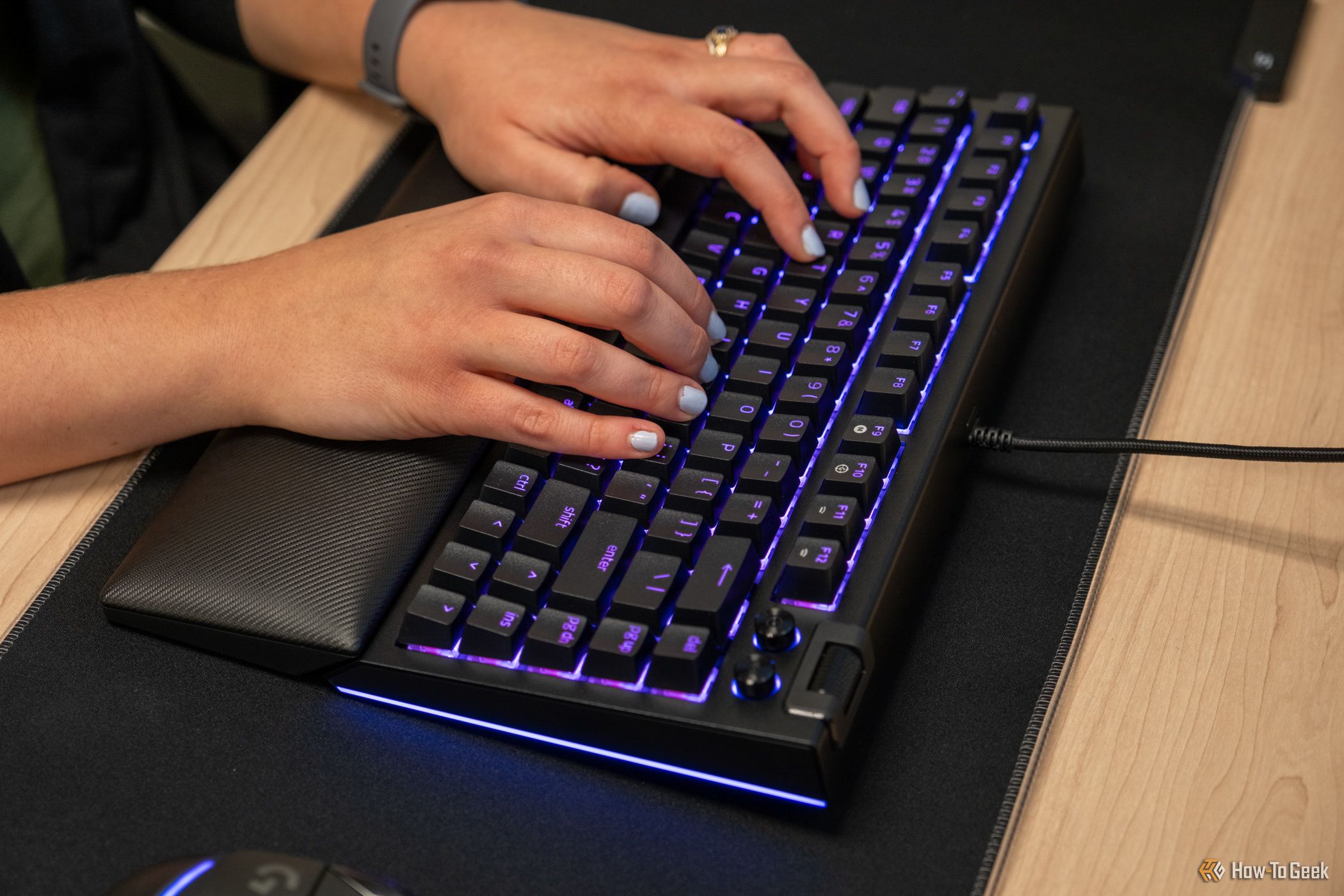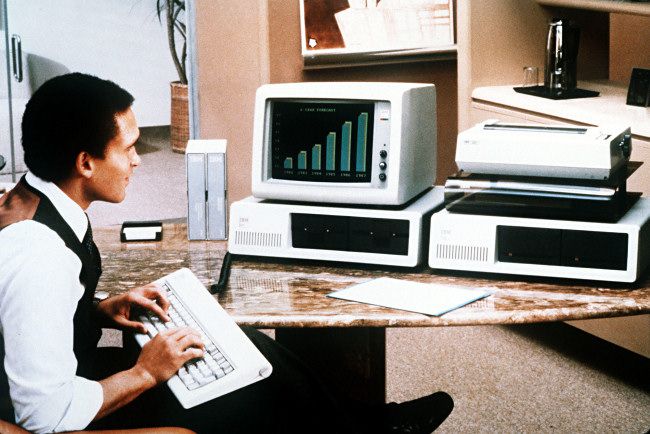Summary
- Demoscene demos are real-time art pieces that push technical boundaries while being visually stunning.
- Demoscene history stemmed from software cracking in the 1980s and evolved into dedicated demo groups.
- Demoscene demos are not only visually and musically impressive but also showcase incredible optimization skills.
The “demoscene” is one of the most fascinating computer subcultures, and chances are that you’ve already enjoyed some of the fruits of this movement. “Demos” have been at the leading edge of digital art and programming for decades, and even the classics are still beautiful to watch.
The Demoscene in a Nutshell
The demoscene is an international community of programmers, artists, and musicians who create highly optimized digital art pieces known as “demos.”
These aren’t pre-rendered videos or animations. They are generated in real time from code using the processing power of the device in question. Demos are about flexing both your technical and artistic abilities, and would often push a given computing device to its absolute limit while also creating something spectacularly beautiful.
In other words, demos are art that require both immense artistry and technical ability. Not being happy with unlimited power, many demo competitions in the scene will put severe restrictions on the demo, such as limiting its size to just a few kilobytes, which means everything you see has to be generated procedurally, without using assets like textures or pre-made 3D models.
A Brief Tour of Demoscene History
The proper start of the demoscene come from software “crackers.” These are people who defeated copy protection for microcomputer games and software from the 1980s and onwards. So think of computers like the Apple II, Commodore, Amiga, and so on. People bought plenty of people liked buying bootleg software for those systems, and when you ran the software you’d see a fancy animation with funky synthesized music, and a nice message from the software crackers taking credit for doing the work.

Related
This would eventually grow into a separate thing entirely, and by the 90s, groups were dedicated to releasing ever more advanced visual art pieces on their own, without any attachment or association to software cracking.
As hardware advanced, so did the capabilities of demos. The PC era saw increasingly complex and beautiful productions, with developers using OpenGL, DirectX, and modern shader techniques to craft visually stunning works.

Related
OpenGL vs. DirectX: Which Is Better for Gaming?
Is OpenGL still a good choice for gaming, or does choosing DirectX make more sense?
Meanwhile, some demo creators continued to embrace old-school hardware, proving that even decades-old machines could still deliver jaw-dropping visuals in the right hands.
Demo-like graphics were even used officially when companies showed off what their computers could do, the most famous example probably being the bouncing Amiga ball.
However, as I’ll explain, this was a little cheeky thanks to how demos actually work.
Why Demoscene Demos Are So Amazing
Demos are amazing in their own right when it comes to the visuals and sound, but under the hood they are a masterclass in optimization. The best classic demos are written in assembly language, which is just one small step away from raw machine code. This is the only way to get as much from a computer’s hardware as possible, without the overhead of high-level languages.

Related
What Was the First Programming Language You Learned?
If you do programming, there had to be one language you learned first. For myself, I can’t quite remember which one. It was either BASIC, which I dabbled in when a family friend donated an old TRS-80 and some handbooks, or it was ZZT-OOP. You may not count it as a “real” language, but I made a lot of ZZT games as a kid and got to know its built-in scripting language intimately. I made some pretty advanced games that pushed the limits of the scripting capabilities, if I can toot my own horn. What language did you first learn?
This is also why using demos to show off your microcomputer was a little misleading. Yes, the computer is running the demo in real time, but every ounce of its potential is in use. Real-world software and games rarely match that level of efficiency. Also, demos aren’t interactive, so they don’t have to spend CPU and GPU cycles on things like dynamic animations or character AI.
It is undeniably cool to see older, limited hardware seemingly pulling off the impossible though and that simply adds to the mystique of demos.
Examples of the Best Demos
So we’ve spent enough time talking about what demos are, so lets look at some of the best demos of all time. Watching a YouTube video of a demo isn’t quite the same as seeing it run on original hardware, but if you happen to own some of these old computers you can certainly still track the demo files down!
Now, imagine getting a floppy disk from your friend, popping it into your A: drive, and getting your senses overloaded by one of these.
Second Reality by Future Crew is probably one of the most famous demos ever. Released in 1993 for PC when most computers could barely display a spreadsheet, this slick demo has great pixel art, pseudo 3D graphics, and amazing music visualization.
While the bouncing ball demo for the Amiga is pretty cool, State of the Art (1992) by Spaceballs must be the the most impressive Amiga demo I’ve ever seen, with its rotoscoped human figures. Keep in mind, this is only three years after The Prince of Persia, which dazzled gamers with its relatiely crude rotoscoped animation.
8088 Corruption is a 2006 demo that shows full 30fps video running on an 8088 IBM PC!
Finally, something much more modern in the form of Debris (2007) by Farbrausch, which comes in at a total of 177 kilobytes.
There are, of course, so many more demos to discover and thanks to modern technologies like the internet and sites like YouTube, you can now enjoy them all.





